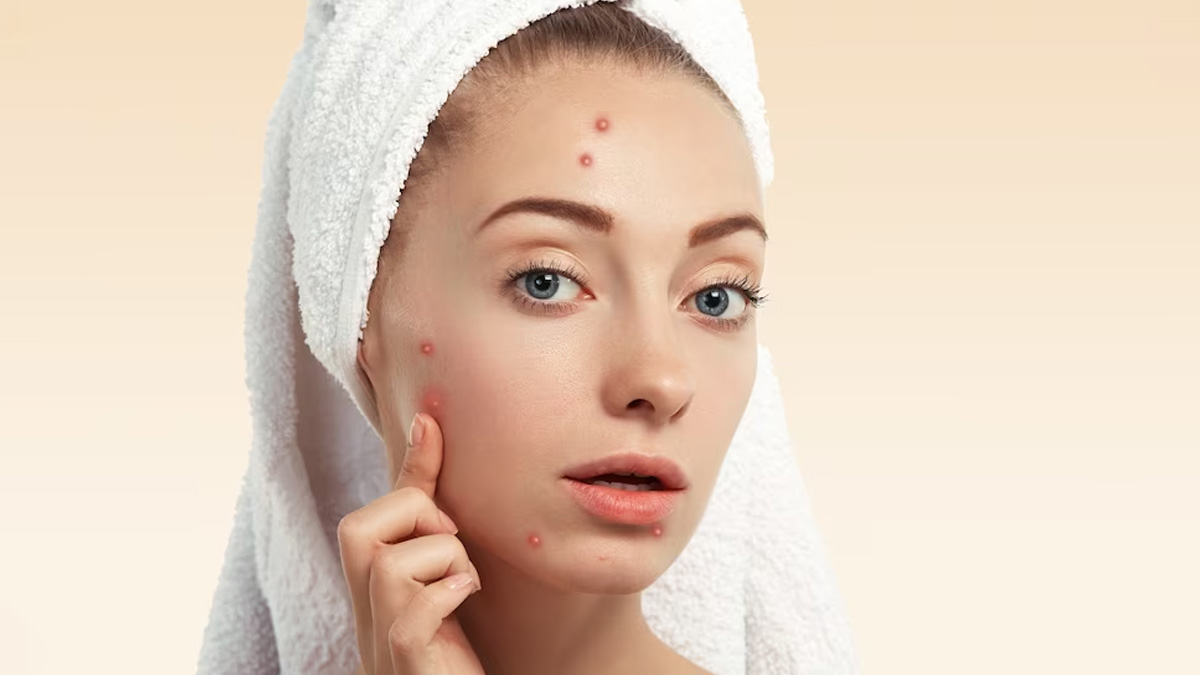
Acne, a common skin condition that affects individuals of all ages, can be an unwelcome companion that can cause frustration. There is a lot of content available on acne remedies and triggers, meanwhile, an intriguing concept has emerged: acne face mapping. This holistic approach suggests that the location of acne breakouts on the face can provide insights into underlying imbalances within the body.
Origins and Principles of Acne Face Mapping
According to the book The Face Reader, acne face mapping has its roots in ancient Chinese and Ayurvedic medicine. These traditional practices believe that different areas of the face are energetically connected to specific organs and systems within the body.
According to this concept, acne appearing in particular facial regions may indicate underlying imbalances or issues in the corresponding internal organs or systems. By identifying these connections, proponents of acne face mapping propose a targeted approach to address the root causes of acne.

Understanding the Face Map
As per a journal published in National Centre for Biotechnology and Information, the face is divided into zones, each linked to different organs and body systems. Here is a general overview of the common face map regions:
- Forehead: Acne in this area is often associated with digestive issues, such as poor diet, dehydration, or imbalances in the small intestine or liver.
- T-Zone (Nose and Chin): Breakouts in the T-zone can be related to hormonal imbalances, stress, or issues with the reproductive organs.
- Cheeks: Acne on the cheeks is believed to be connected to respiratory issues, allergies, poor air quality, or excessive bacteria on the phone or pillowcases.
- Jawline and Chin: Hormonal imbalances, particularly related to the menstrual cycle or polycystic ovary syndrome (PCOS), are frequently associated with acne in these areas.
Benefits and Limitations
Proponents of acne face mapping argue that by understanding the potential triggers and underlying imbalances associated with specific facial areas, individuals can adopt targeted lifestyle changes and treatments to improve their skin health. This approach encourages a holistic perspective, emphasising the importance of proper nutrition, stress management, and self-care practices.
However, it is important to note that acne face mapping is not a scientifically proven method. Acne development is complex and influenced by a variety of factors, including genetics, hormonal fluctuations, bacteria, and environmental factors. While face mapping can offer general insights, it may not be applicable to everyone. Consulting a dermatologist or healthcare professional is crucial for an accurate diagnosis and personalised treatment plan.

Complementary Strategies for Clearer Skin
While acne face mapping can provide a useful framework for understanding potential triggers, it is essential to incorporate evidence-based skincare practices to address acne effectively. Here are some additional strategies to support clearer skin:
- Cleanse gently: Use a mild cleanser to remove dirt and excess oil without stripping the skin.
- Moisturise: Opt for non-comedogenic moisturisers to hydrate the skin without clogging pores.
- Consistent skincare routine: Establish a regular routine that includes cleansing, exfoliating (gently and sparingly), and applying suitable acne treatments.
- Healthy lifestyle habits: Maintain a balanced diet, stay hydrated, manage stress levels, and ensure adequate sleep.
- Seek Professional Guidance: If acne persists or is severe, consult a dermatologist for a comprehensive evaluation and tailored treatment plan.
Acne face mapping provides an intriguing perspective on the potential connections between facial acne and internal imbalances. While not scientifically validated, it can serve as a complementary tool to guide individuals towards a holistic approach to skincare.







